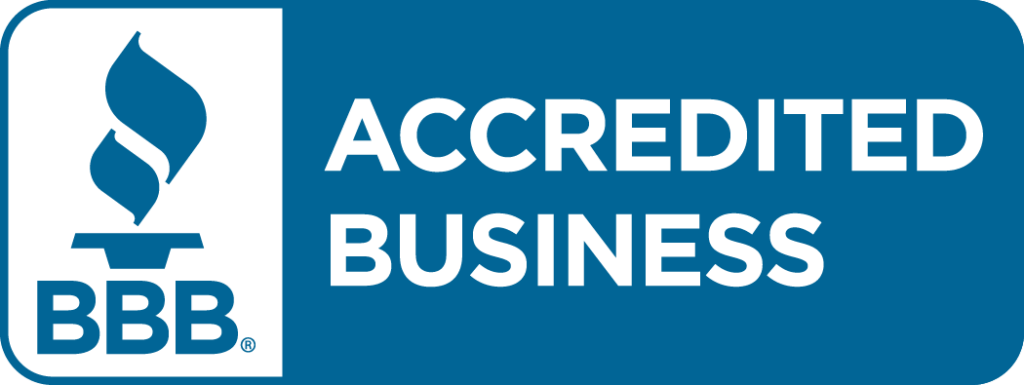On the list of major concerns for fleets, trucker driver availability dominates. Current trend lines for tractor-trailer drivers needed and supplied show a potential shortfall of 239,000 drivers by 2022. And on average, 96,178 new drivers are needed to sustain industry growth. All of this is working against driver recruiting and retention, with turnover rates hitting as high as 96% in 2013.
With 94% of all fleets planning on either growing or maintaining current size, it’s important that your fleet is generating the right applications so you can effectively sustain fleet growth. So with recruiting as important as ever, what can you do to succeed?
[hr style=”3″ margin=”40px 0px 40px 0px”]
Define Your Strengths
You need to define the strengths and weaknesses of your recruiting staff. Understanding your capabilities will allow you to generate driver applications that are more likely to convert into a hire.
Truck Driver Quality
If you are a fleet with a small recruiting staff, you have to make every application and recruiting call count. You probably don’t have the time nor the resources to follow up with every single lead. To this end, you tend to only call the most qualified leads you receive.
Experienced Truck Driver Recruiting
On the other hand, if you have a larger, experienced recruiting staff, you probably like to receive phone calls. While this may seem like a strain on resources for some fleets, you can move through a large volume of applications and qualify the right drivers quickly.
Aggressive Trucker Recruiting
There are even many fleets with very aggressive, sales-like approaches when it comes to recruiting. These recruiters have such a strong pitch that they don’t need carrier specific apps to get hires. They can easily run through multi-carrier apps to get the hires they need.
Then again, you may not fit into these categories. There is no one-size-fits all approach to driver recruiting. Needs and recruiting methods vary from fleet to fleet, but you have to find ways to leverage your recruiting strengths to get your win.
So how exactly do you determine the strengths of your recruiting staff?
[hr style=”3″ margin=”40px 0px 40px 0px”]
Response Categories
It’s easy to look at cost-per-hire by very broad channels, such as print, digital, signage, etc. However, these number don’t take into account the type of application you are generating. You will not be able to determine your strengths from a generalized cost-per-hire metric.
[box]
Instead, you need to track from end to beginning by response categories, such as:
-
Multi-Carrier Apps
-
Inbound Calls
-
Carrier Specific Short Forms
-
Carrier Specific Long Forms
This will allow you to identify which response category best fits your recruiting process through metrics such as cost-per-lead, conversion rate, and then your cost-per-hire.
[/box]
Now, let’s look at how you can use response categories to determine your driver recruiting strengths.
[hr style=”3″ margin=”40px 0px 40px 0px”]
Step 1: Track your metrics.
The biggest challenge you face is tracking your total number of leads and spend by response category. For instance, you would need to determine exactly how many inbound phone calls you generated and the amount you spent on a campaign. While it can be difficult to track the numbers, they are absolutely necessary for evaluating your recruiting.
Don’t get hung up on calculating an exact decimal point for every response category. Even if it isn’t exact, these numbers can still help you get in the right ballpark. In some cases, business partners can even do the data work for you.
[hr style=”3″ margin=”40px 0px 40px 0px”]
Step 2: Establish your cost-per-lead and conversion rate.
Now that you have determined your leads and spend, you only need simple math to refine your metrics across each of your response categories.
To follow in our previous example with inbound phone calls, here is how you would calculate cost-per-lead and conversion rate:
- To determine your cost-per-lead, you would divide the total number of phone calls by the total amount you spent to generate calls.
- For your conversion rate, divide the total number of inbound phone calls by the total number of hires you generated from these calls.
[hr style=”3″ margin=”40px 0px 40px 0px”]
Step 3: Determine your final cost-per-hire.
Finally, the next step is the simplest. Now that you have tracked all your numbers and refined your metrics, all you have to do is multiply your cost-per-lead and your conversion rate.
Once you have determined your cost-per-hire for each of your response categories, you can judge exactly where your recruiting strengths lie. It can also help you scale your advertising to get the best leads. Response categories can even help you show a return-on-investment for your training and application management systems.
Establishing the numbers behind your recruiting strengths will allow you to make informed decisions in your recruiting campaigns.
As the driver shortage continues to affect the transportation industry, it is unlikely that driver recruiting will get easier. However, you still need to support fleet growth by getting drivers back behind the wheel of your rigs. Understanding where your strengths lie and how to leverage them to recruit drivers more effectively is key to continued growth.




